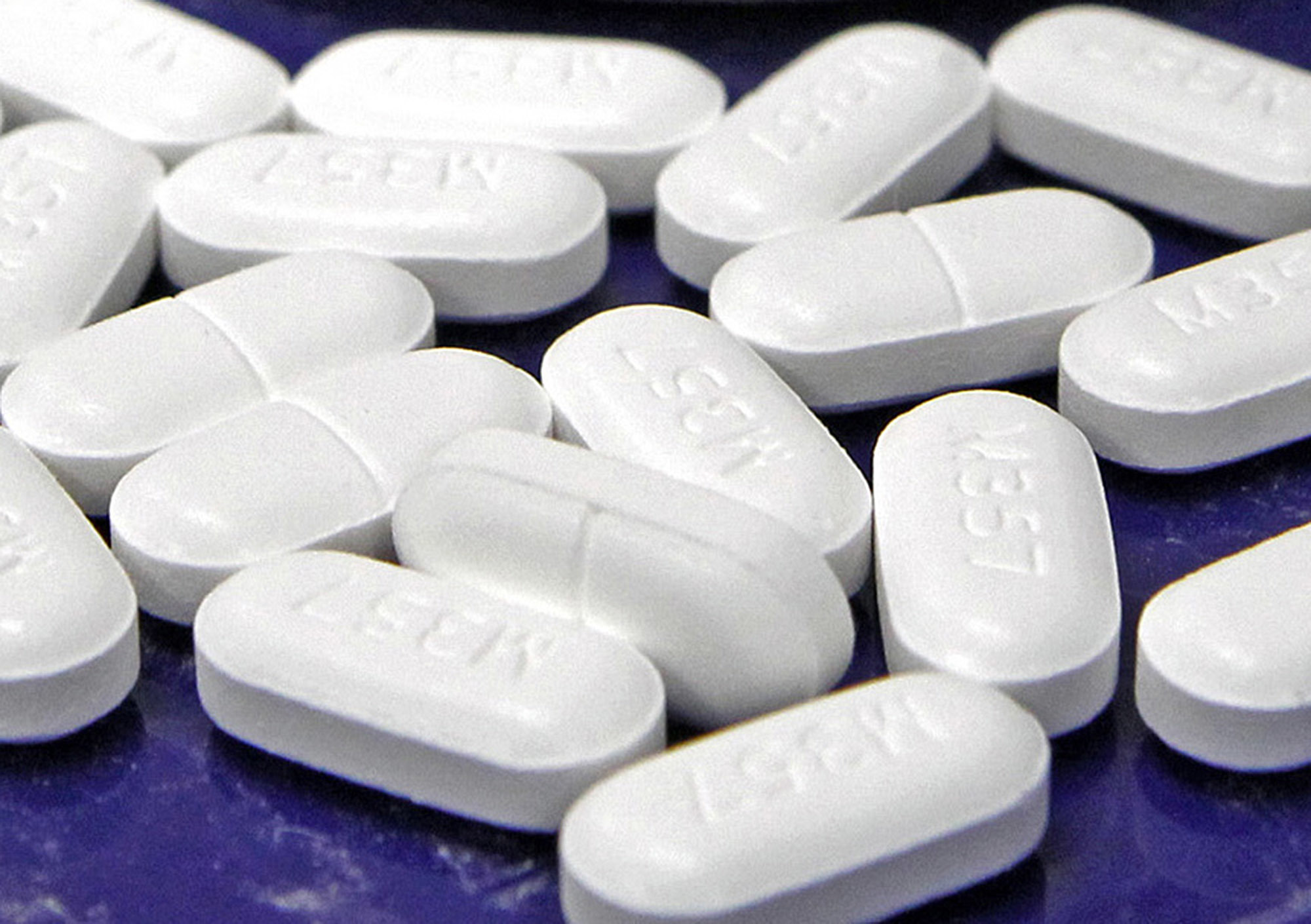A multimodal approach to pain management (using two or more different methods or medications to manage pain) rather than using opioids alone was associated with a decrease in opioid use, opioid prescriptions, and common opioid-related complications in patients undergoing total hip or knee replacements, according to a study published in the Online First edition of Anesthesiology, the peer-reviewed medical journal of the American Society of Anesthesiologists (ASA).
“Patients need to be aware that there are ways to treat their pain during and after surgery in addition to opioids,” says study lead author Stavros G. Memtsoudis, MD, PhD, director of critical care services in the Department of Anesthesiology and senior scientist at the Hospital for Special Surgery in New York. “If the doctor prescribes more than one type of medicine for your pain, it may reduce your need for opioids.”
Opioids are powerful pain medications but have many unwanted side effects. They can cause nausea, vomiting and drowsiness, which can hinder a patient’s recovery from surgery. This has prompted more interest in offering patients multimodal therapies to manage pain while also reducing the amount of opioids prescribed. “Opioids may have a role to play during and immediately after surgery, but we’ve been relying on them too much,” Memtsoudis says.

(Image credit: Associated Press)
Researchers used Premiere Perspective, a nationwide database that includes information on joint replacement surgeries performed at 546 hospitals, to examine types of analgesics (pain relievers) used between 2006 to 2016 in 512,393 hip replacement and 1,028,069 knee replacement patients. They compared patients who received opioids alone during surgery, on the day of surgery, or during recovery to those who received multimodal therapy, meaning opioids and one or more additional pain management methods, such as peripheral nerve block, acetaminophen, gabapentin/pregabalin, non-steroidal anti-inflammatory drugs (NSAIDs), cyclooxygenase-2 (COX-2) inhibitors, or ketamine. These multimodal techniques are increasingly being used in knee and hip replacements to improve pain control — in the study, multimodal pain therapy was used in 85.6 percent of cases.
Patients undergoing total hip replacement who received more than two methods of pain relief in addition to opioids had up to an 18.5 percent decrease in opioid prescriptions after surgery, 19 percent fewer respiratory complications, 26 percent fewer gastrointestinal complications and a 12 percent decrease in hospital length of stay, compared to patients receiving opioids alone. While total knee replacement patients who received more than two methods of pain relief in addition to opioids had up to an 18.5 percent decrease in opioid prescriptions, 6 percent fewer respiratory complications, 18 percent fewer gastrointestinal complications and a 9 percent decrease in hospital length of stay. However, using multiple analgesics did not lead to decreased hospitalization costs.
NSAIDs and COX-2 inhibitors used in a multimodal regimen seemed to be the most effective modalities, with the greatest reduction in opioid prescriptions and complication risk. Additionally, using a peripheral nerve block in a multimodal regimen was also found to be effective in reducing complications and opioid prescriptions. However, Memtsoudis notes, “This study does not answer the question of what combinations of analgesic approaches are best — we would need to conduct a much more complicated analysis, because there are so many potential combinations of drugs to consider. But our findings do encourage the combined use of multiple analgesic modalities during and after surgery. Each of these drugs work on different parts of the pain pathway, so by using more than one medicine, we are attacking pain on many different levels.”
The authors note that future studies are needed to identify the maximum number of analgesic methods effective in improving outcomes. “We think three or four is probably the maximum — more than that may only increase drug-related side effects,” says Memtsoudis. “Future studies are needed to identify optimal multimodal regimens and patient subgroups most likely to benefit from each combination.”




